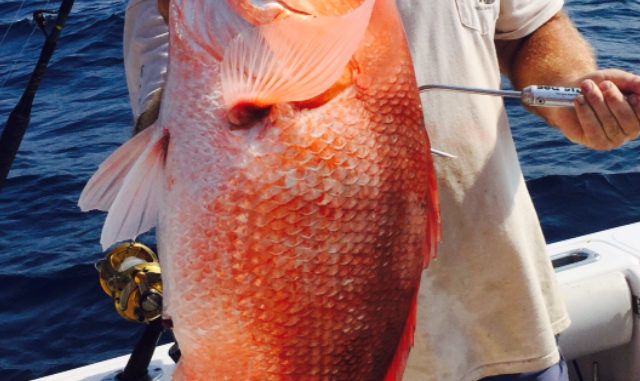
Inshore, offshore guides sing the praises of the latest super braids
New technology constantly arrives on the shelves and makes its way to the TV screen and magazines. While some come and go with the wind, others are welcomed and anchor themselves in every fisherman’s collection of everyday equipment. From type and size to color, knowing the right kind of line to use is vital to fishing success. For two guides, the differences are distinctive.
To start off with, fishermen who want an advantage over their finned foes will need to strip off every last thread of monofilament and spool up with a 21st -century braided product. Choosing a braid in the correct size and color will give anglers a huge advantage on the water.
However, braid is not a new product. Less than a century ago, American anglers used braids made of cotton and linen. The new braided line available today is micro-dyneema, Spectra, Dacron or another synthetic product, and the advantages anglers gain when using braid far outweigh the additional costs. From strength to castability, no anglers should ever put a spool of monofilament on their reels ever again.
When not fly-casting crab patterns to tailing redfish at Hobcaw, Capt. Mark Young of Pawley’s Island will fish for redfish and trout in the bays and creeks from North Inlet to Murrell’s Inlet with spinning gear.
“You don’t want to use monofilament around here. Light braided line is the only thing to use if you want to hook more fish and get more fish back to the hill,” said Young (843-685-6725). “I like the sensitivity for one, but the castability is paramount.”
Young attributes his consistent success to braid because he feels you get to make better casts and can cover more water efficiently.
“Whether in wind or whatever, light braided line allows you to keep the lure in the water longer with longer casts. You are 40 yards past the 20-foot you couldn’t reach before with monofilament,” he said.
The break strength for braided line is much stronger for the diameter size that allows anglers to use smaller diameter lines. When anglers use a smaller diameter line, physics allows the lure to be cast much farther than ever before. The longer a lure fishes, the better chances anglers will get a bite.
Unlike monofilament, braided line lacks memory, which is one of the top causes of wind knots and limited casting range.
Young will use the smallest-diameter line he can get away with when he targets speckled trout, but he will pick something a little larger for bigger, stronger redfish.
“For trout, I like to use 8- to 10-pound braid and for redfish, I will use 15- to 20-pound braid, depending on the habitat,” he said.
The raw pull of bigger redfish will not break the line. It is the oyster- and piling-filled habitat that reds generally inhabit that can introduce line-severing obstructions.
Typically, Young will use high-vis braided line, but will use a 20- to 24-inch leader of hybrid monofilament/fluorocarbon in 15- to 20-pound test to conceal the line.
“Yo-Zuri Hybrid allows you to get more leader for the price, and it is a perfect way to get the benefits of braid on your main line and still catch fish on your lure behind the translucent leader,” he said.
It is not just for inshore anglers, either. Offshore anglers will greatly benefit from switching their reels over to braided line. Capt. Tom Cushman of Captain Cush’s Fishing Charters relies heavily on braid for his offshore trips, and especially his bottom-fishing expeditions.
“I love braided line. You can feel everything 10 times better, even in 100 feet of water,” said Cushman (843-997-5850). “If you are using monofilament, you will pull up empty hooks a lot of times because you cannot feel the bite in 100 feet of water.”
The natural stretch defined by monofilament reduces the sensitivity exponentially, as more line stands between the angler and the fish.
Cushman also believes that line color makes a big difference, especially when fishing in the deep, clear water 40 miles from shore.
“I like to use a red-colored braid and the Cajun red leader because it loses its color 10 feet under the surface. Ten years ago, I was fishing two rods in a big school of Spanish (mackerel), and I caught 20 on the Cajun red and none on the regular monofilament. That was enough for me to switch to all red lines,” said Cushman.
He will use 65-pound braid and a 3-foot section of 80-pound Cajun red on his bottom-fishing trips.
The days of spooling up with monofilament are over. From amateurs to professionals, braided line with a strong, translucent trailer will increases the chances of putting more fish in the boat.




Be the first to comment